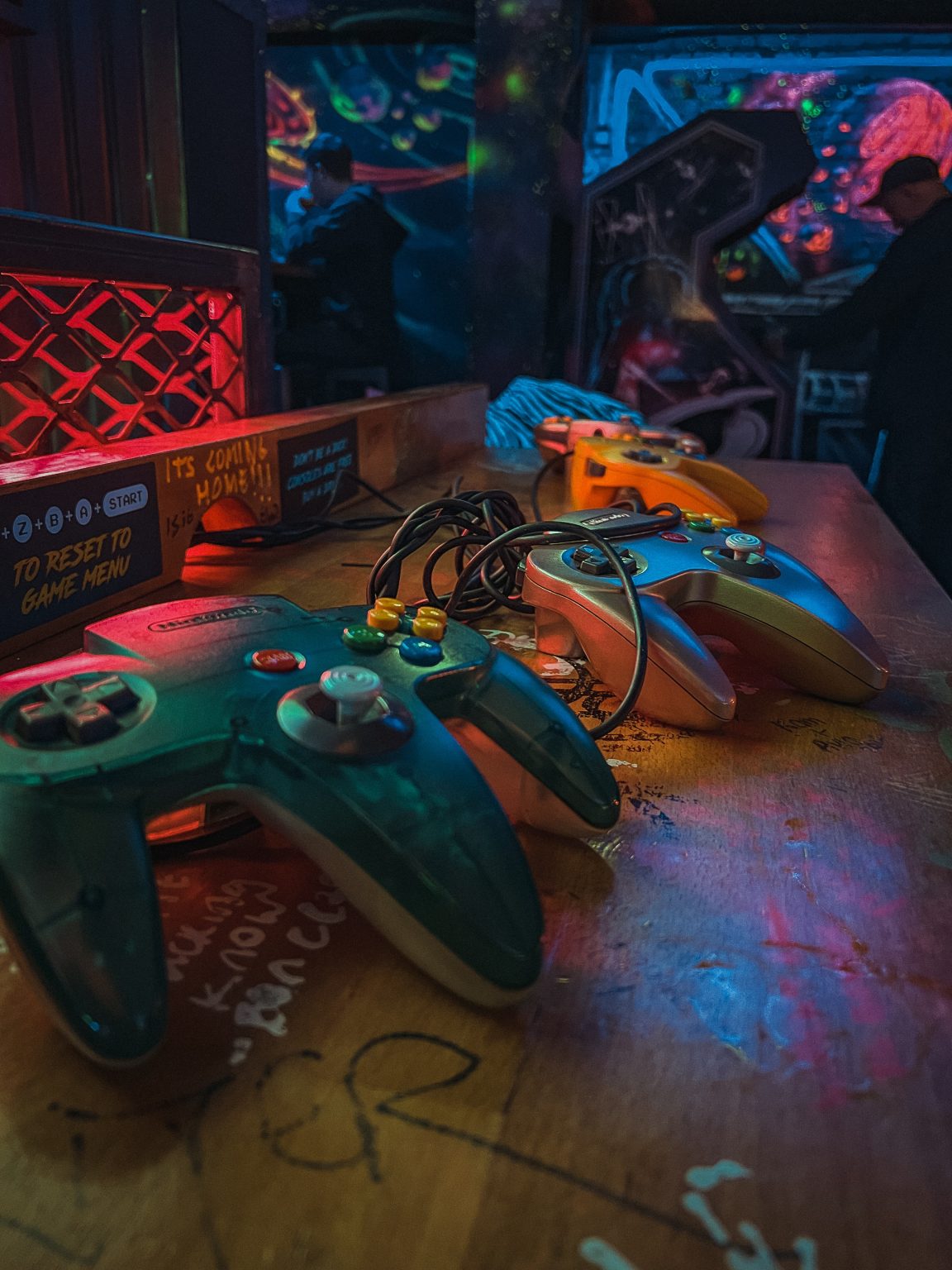Table of Contents
Charging Nintendo Switch Pro Controllers
Use a USB cord
Use a Charging Dock
Charge Switch Controllers Battery Life
How to Charge Switch controllers
FAQs
Running out of water for your Nintendo Switch controller is a surefire means to ruin any gaming session. There’s nothing worse than knowing that flashing indicator on the screen, warning you that your battery is low, and your ability to play your preferred Switch sports is about to come to a screeching halt. Thankfully, Nintendo delivers it simple for players to keep their Joy-Cons strengthened up and ready for action. Beyond different techniques that work right out of the box, there are also assigned Switch associates you can use to power up your controller.
You canister even use wireless controllers on the unique Nintendo Switch Lite, provided that you have the means to prop up Nintendo’s dedicated handheld console. The Switch’s controllers help produce the console as versatile as it is, but you’ll need to hold them charged up to make the most of them.
Where to buy Nintendo Switch: These retailers still carry stock.
The best Nintendo Switch games to play now
You never want to be in a position where your controllers run out of juice in the midst of an intense Fortnite match or when you’re trying to create the perfect island in Animal Crossing: New Horizons. Your Joy-Con controllers should endure about 20 hours when entirely charged, but that time can go quickly, mostly if you leave your games idle for long periods.
If you just pulled up a new Nintendo Switch to fill the time up at home, secure sure your controllers don’t run dry. Here are numerous proposals for charging your Nintendo Switch controllers so that you never operate out of juice.

Charging Nintendo Switch Pro Controllers
If you have bought one of the Pro controllers built for the Switch, you will notice there are also multiple ways to have them charged. It’s also a better option if you use TV mode a lot, as these controllers have a much longer battery life.
Since there are numerous third-party controllers out there, there may be multiple variant methods of charging your Switch controllers depending on what controller you have. But for the Nintendo authorized Pro controllers, you can follow the instructions under.
Use a USB cord
Your Pro controller should move with a USB cord that you can use to plug inside the Switch.
Attach the USB cord to your Switch and the opposite end inside your controller.
An orange light will blimp on the controller, indicating its charging. Once charged, it’ll turn off.
Your container uses the controller while it’s loading if you’re playing in TV mode. The Switch does not require to be in the dock to assess if you want to play in handheld mode while the controller charges.
Use a Charging Dock
There are astonishing third-party charging papers out there made particularly for carrying the Pro Switch controller. You can find many distinct versions with multiple features, but this officially authorized charging dock from Power A charges both a Pro controller as completely as Joy-Con controllers.
Join your Pro controller and your Joy-Cons to the charging dock.
Using the joined USB cable, plug it into the Switch console to charge the controllers. Be assured your Switch is rammed in and on or in the sleep method.
The lights on the upper of the charging dock will become red while your controllers are carrying and turn green once totally charged.
Charge Switch Controllers Battery Life
With all the options the Switch has for controllers, you might wonder if it’s best to stick with the included Joy-Cons or buy a Pro controller. It totally depends on whereby you best like to work your Switch console.
The Pro controllers hold the most decent battery life, lasting for at least 40 hours of use. Joy-Con battery life is about half that. If you’re an avid Switch player, it’s probably worth investing in a Pro controller for that reason, amongst others.
It also demands around 6 hours to sufficiently charge the Pro controller, while the Joy-Cons take about 3.5. If you operate your Switch sparsely or are more into pounding in handheld mode, just sticking with the original Joy-Cons is your best bet.
Either method, there are so many diverse options for charging Switch controllers that you possibly won’t have to worry much about your gaming getting interrupted by a former controller.
How to Charge Switch controllers
Charge your Joy-Con controllers by comparing them to the Switch. The naive understandable way to charge your Joy-Con controllers is to connect them to the sides of your Switch. This will begin charging each Joy-Con’s internal battery.
Charge your Pro Controller with your USB cable. If you bought a Switch Pro Controller, you could accredit it at every time through the combined USB-C cable attached to your Switch dock. The front 2 USB ports on the dock are most satisfied to access while still playing.
Buy a Charging Grip. The Joy-Con Charging Grip is sold independently, retails for $29.99, and will let you change your Joy-Con controllers if not attached to your Switch via a USB cable that connects to your Switch slip. The official Joy-Con Grip that starts with your console container charge your controllers.
Buy a Joy-Con or Pro Controller charging slip. If you own more than one set of Joy-Con controllers, the officially licensed Power A Joy-Con Charging Dock is your best choice for keeping everything topped off as smoothly as possible. It will charge 2 sets of Joy-Con controllers at once. Power A also has a Joy-Con and Pro Controller slip that can charge a Pro Controller and a different set of Joy-Cons at the same time.
Hold your controller’s charging when not in use. Do not just send your Joy-Con controllers laying round in a standard Grip or sitting apart on a beverage table, or your Pro Controller disconnected from its USB wire. When you’re finished playing, slide the Joy-Con controllers onto your Switch or into a Charging Handle, and plug the USB cable into your Pro Controller, so you don’t lose power as fast the meeting time you play. This is also accurate of the Switch itself leave the system in the dock when not in use to retain its battery charged for later.
